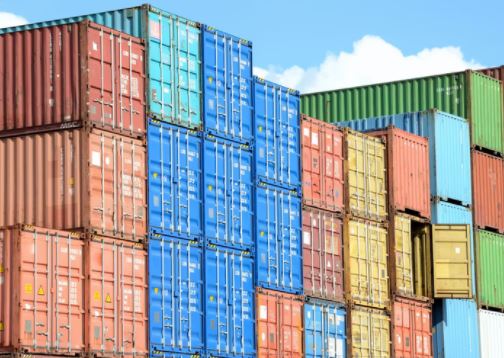New Delhi, Sept 20 (LiveMint) – With a growing middle class and its rising discretionary spending, India will become the world’s third largest importer by 2050 with a share of 5.9% of global imports, right behind China and the US, a new report said, mimicking its projected ranking among world economies.
At present, India is ranked eighth among largest importing nations with a 2.8% import share and is set to become the fourth largest importer by 2030.
For similar articles, join our Whatsapp group for the latest updates. – click here
“The US’s and the EU’s share of most import sectors is expected to decline out to 2030 as the growing purchasing power of Asia’s middle-class accounts for a rising share of global import demand.
This change is particularly marked in the food, travel and digital services sectors where larger and increasingly wealthy populations in the Indo Pacific are expected to consume more discretionary goods and services,” the latest Global Trade Outlook issued by the UK’s Department of International Trade said.
The world’s centre of economic gravity has been shifting eastward for decades due to the rapid growth in Indo Pacific, causing trade patterns to shift as it moves. “Between 2019 and 2050, 56% of global growth is expected to come from the Indo Pacific, compared with a quarter from the EU and North America combined.
Growth within the Indo Pacific is also expected to rebalance over time, with South Asia’s contribution (driven by India) rising,” it added.

The report projected that India would leapfrog to the third place by 2050 in the ranking of world’s largest economies, just behind China and the US, with a share of 6.8% in global GDP. At present, India is ranked fifth in size of world’s economies with a share of 3.3%. India’s GDP is projected to cross Germany by 2030 to become the fourth largest economy.
“The role of emerging economies in the trading system will rise over time, consistent with their growing weight in the global economy,” the report said.
The ‘E7 group’ of the seven largest emerging economies—China, India, Brazil, Russia, Indonesia, Mexico and Turkey—are projected to equal the G7’s share of global import demand by 2050.
The seven richest countries of the world—Canada, France, Germany, Italy, Japan, the UK and the US—are part of the G7 grouping. “In the first two decades of this century, labour productivity growth (the main driver of higher living standards) was three times faster on average across the seven largest emerging economies than across the G7.
As a result, the G7’s share of global GDP fell from 65% in 2000 to 46% in 2020, while the ‘E7’s’ share rose from 11% to 28%. Over the next thirty years, labour productivity growth across the E7 is expected to grow at roughly twice the rate of the G7, with the E7 overtaking the G7 in economic size during the 2030s.
This shift in economic power is likely to mean emerging economies will play a growing role in the global trading system,” it added.
However, the report cautioned that while emerging economies have ‘catchup’ potential, they also face major challenges—including the need to shift from imitation to innovation to escape the middle-income trap, tackle indebtedness, and rebound from covid.
Subscribe to our Whatsapp channel for the latest updates from around the world





























































